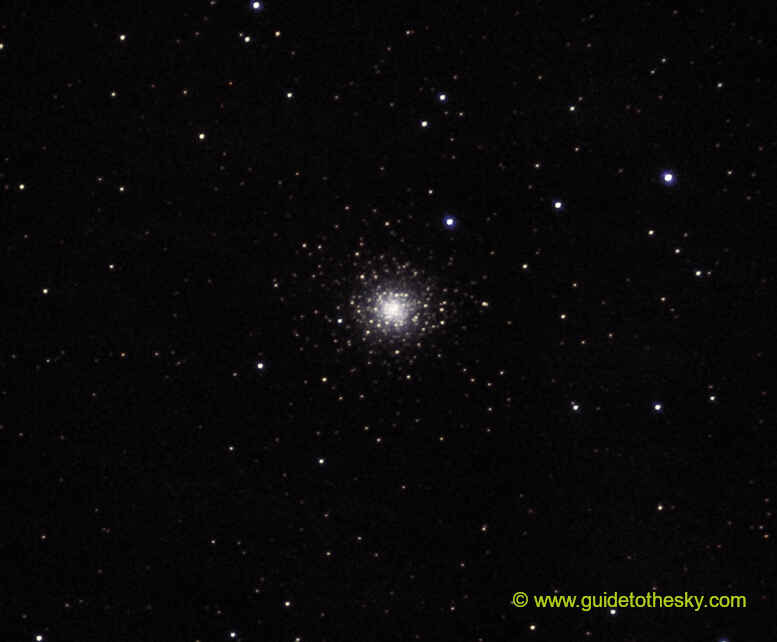Messier 92 - Hercules

Dista de nosotros {{ object[0].M92.mesDistances[0].dist }} {{ object[0].M92.mesDistances[0].unit }} y brilla con una {{ object[0].M92.visualMagnitude }} Magnitud.
M92 - - en la IA
Messier 92 (M92, also known as NGC 6341) is a globular cluster located in the constellation Hercules. Here's a breakdown of what makes it interesting:
Key Facts:
- Type: Globular Cluster
- Constellation: Hercules
- Distance: Approximately 26,700 light-years from Earth
- Diameter: Roughly 109 light-years
- Age: One of the oldest globular clusters in the Milky Way, estimated to be about 11 billion years old.
- Magnitude: 6.3 (fairly bright, but generally needs binoculars or a telescope to be seen)
- Discovery: Discovered by Johann Elert Bode in 1777. Charles Messier independently rediscovered and cataloged it in 1781.
- Rich in Stars: It contains hundreds of thousands of stars, densely packed together.
Why it's noteworthy:
- Bright and Relatively Close: M92 is one of the brightest and closest globular clusters visible from the Northern Hemisphere. This makes it a popular target for amateur astronomers.
- Old and Metal-Poor: Like many globular clusters, M92 is extremely old and has a very low abundance of elements heavier than hydrogen and helium (astronomers refer to these as "metals"). This is consistent with the idea that globular clusters formed very early in the history of the Milky Way, before much of the interstellar medium was enriched by the products of stellar nucleosynthesis.
- Oort Cloud Impact: There's some speculation (though not universally accepted) that M92, along with other massive objects in the galactic halo, could have a gravitational influence on the Oort Cloud, the hypothetical sphere of icy bodies surrounding the solar system. Perturbations from these objects could potentially send comets into the inner solar system.
- Studying Stellar Evolution: Globular clusters like M92 are excellent laboratories for studying stellar evolution. Because the stars in a cluster formed at roughly the same time and distance, differences in their appearance are primarily due to their different masses and evolutionary stages. This allows astronomers to test and refine their models of how stars age.
- Easily Found: Located not too far from the bright star Vega, it is relatively simple to locate using binoculars or a small telescope under dark skies.
Observing M92:
- Binoculars: Under dark skies, M92 appears as a fuzzy patch of light.
- Small Telescope: A small telescope will begin to resolve some of the brighter stars on the edges of the cluster.
- Larger Telescope: A larger telescope reveals a stunningly dense and beautiful sphere of countless stars. The core of the cluster becomes highly concentrated.
In summary, Messier 92 is a beautiful and scientifically valuable globular cluster, easily accessible to amateur astronomers, and a fascinating object for studying stellar populations and the early history of our galaxy.
Más información sobre Messier 92 en NASA/IPAC.
Mapa alrededor de Messier 92
Otros identificadores de M92:
"AG+43 1399" ,"BD+43 2711" ,"GCRV 9983" ,"HD 156711" ,"PPM 56062" ,"SAO 46606" ,"TD1 20249" ,"C 1715+432" ,"GCl 59" ,"M 92" ,"NGC 6341" ,"[KPS2012] MWSC 2557",

